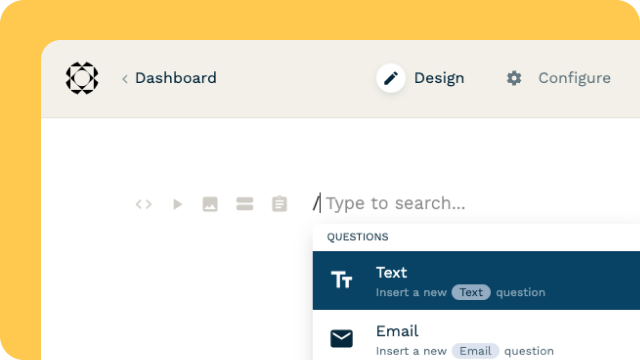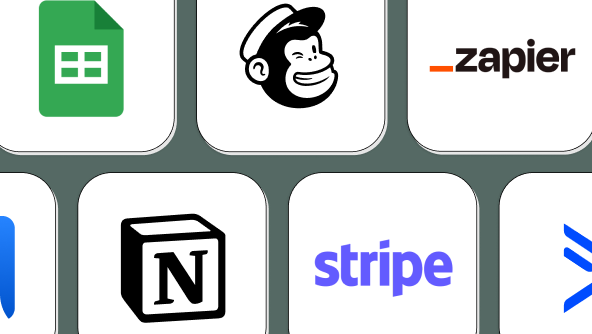
Products
PaperformPaperform is an online form builder like no other. It combines serious digital smarts with beautiful design to create endless possibilities.PapersignSimplify document signing with Papersign, so you can spend less time in email chains and more time on the important stuff.
Solutions
Web FormsScheduling FormsOrder FormsPayment FormsCalculation FormsSubscription FormsConditional LogicLanding page FormsQuiz MakerPoll MakerSurvey MakerTest MakerSee all solutions
All Solutions

Explore all the solutions you can create with Paperform: surveys, quizzes, tests, payment forms, scheduling forms, and a whole lot more.
See all solutionsIntegrations












Connect with over 2,000 popular apps and software to improve productivity and automate workflows
See all integrationsResources
BlogReal-life stories, trends, and strategies to help you grow your business.CareersJoin the company that prioritises 'life-work' balance.Online Signature GeneratorCreate and download a signature. Merch StoreGet your hands on Paperform swag.Getting StartedHelpful guides to get you on track.Help CenterWe've got all the answers to your questions.
PricingSolutions
All Solutions

Explore all the solutions you can create with Paperform: surveys, quizzes, tests, payment forms, scheduling forms, and a whole lot more.
See all solutionsIntegrations

Connect with over 2,000 popular apps and software to improve productivity and automate workflows
See all integrationsResources
How do I integrate with Google Sheets?
Related Articles
What are direct integrations?
Direct integrations on Paperform allow you to integrate directly between Paperform and numerous, popular services.
How much do direct integrations cost?
Direct Integrations have no additional fees or charges, so you'll just pay your Paperform subscription fee as usual.
How do I use direct integrations?
You can set up direct integrations in After Submission → Integrations & Webhooks from the form editor.
How do I remove a direct integration account?
Direct Integration accounts can be removed in your Account Settings.
How do I connect my other apps to Paperform?
There are several ways you can connect your forms with other apps; Direct Integrations, Zapier, Make (formerly Integromat), or if you are a developer - Webhooks.


